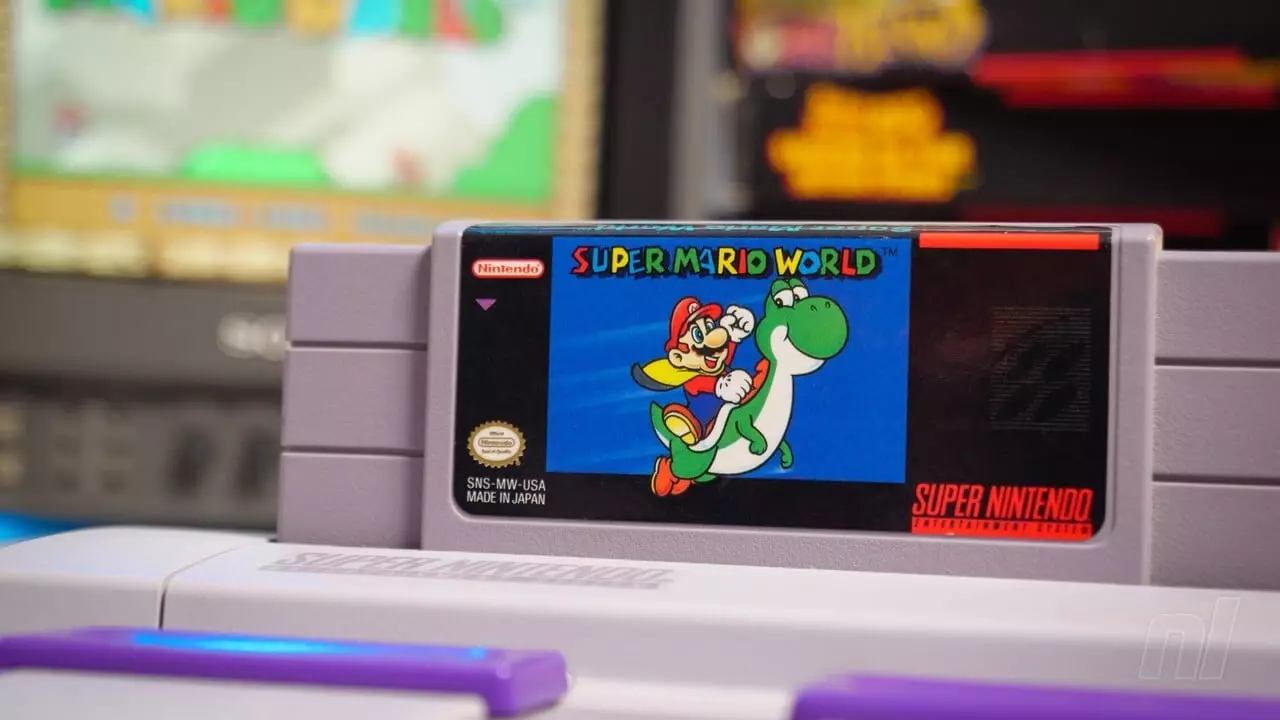In a significant milestone for gaming enthusiasts, Nintendo has recently unveiled a museum in Japan, dedicated not only to celebrating its rich history but also to showcasing its iconic titles. This initiative adds a tangible layer to the company’s legacy, providing fans an opportunity to revisit and engage with classic games in a new environment. The museum is designed to evoke nostalgia, offering displays that highlight key moments and franchises that have shaped the gaming landscape over the decades.
However, an intriguing twist has emerged regarding how Nintendo has chosen to present these retro experiences. According to reports from PC Gamer, an individual using the handle ‘ChrisMack32’ shared an intriguing video that appears to reveal a practical, albeit controversial, approach to showcasing classic titles like Super Mario World. A Super Nintendo controller is seen being disconnected via USB during gameplay, with the unmistakable sound of a Windows disconnection ringing in the background. This occurrence has raised eyebrows and ignited debates online about the methods employed in the museum.
Nintendo’s relationship with emulation has always been complex. Historically, the company has taken a firm stance against emulator developers and ROM websites, asserting that such practices can harm innovation within the industry. The concerns are not merely about preserving nostalgia but also safeguarding their intellectual property. Sectioning off access to classic titles through subscriptions, like the Nintendo Switch Online service, emphasizes their cautious approach. This service mandates a monthly fee, allowing access to a library of retro games from its earlier consoles, reinforcing the company’s intent to control how their legacy is accessed and monetized.
The revelations from the museum have sparked extensive discussions across social media platforms, with responses ranging from amusement to indignation. Some have speculated that Nintendo might be employing its own emulator or even utilizing open-source emulation software to facilitate the presentations. The implications of such a strategy could suggest a shift in the company’s stance on emulation—perhaps recognizing the value in using technology to enhance rather than undermine the gaming experience.
In many respects, this situation highlights a broader trend in the gaming industry. As technology evolves, so too do the methods of preservation and presentation of gaming history. Utilizing modern emulation technology facilitates showcasing console classics in a way that is not only visually appealing but also practical. This juxtaposition of old and new reflects the delicate balance companies like Nintendo must navigate—celebrating their legacy while embracing innovations that could redefine how gamers interact with beloved titles.
Nintendo’s museum opens up a dialogue not just about the nostalgia tied to the games of yesteryear, but also about the evolving perceptions of emulation and intellectual property rights within the gaming community. How this conversation unfolds will undoubtedly impact future exhibits and the ways in which classic games are shared with new generations.

